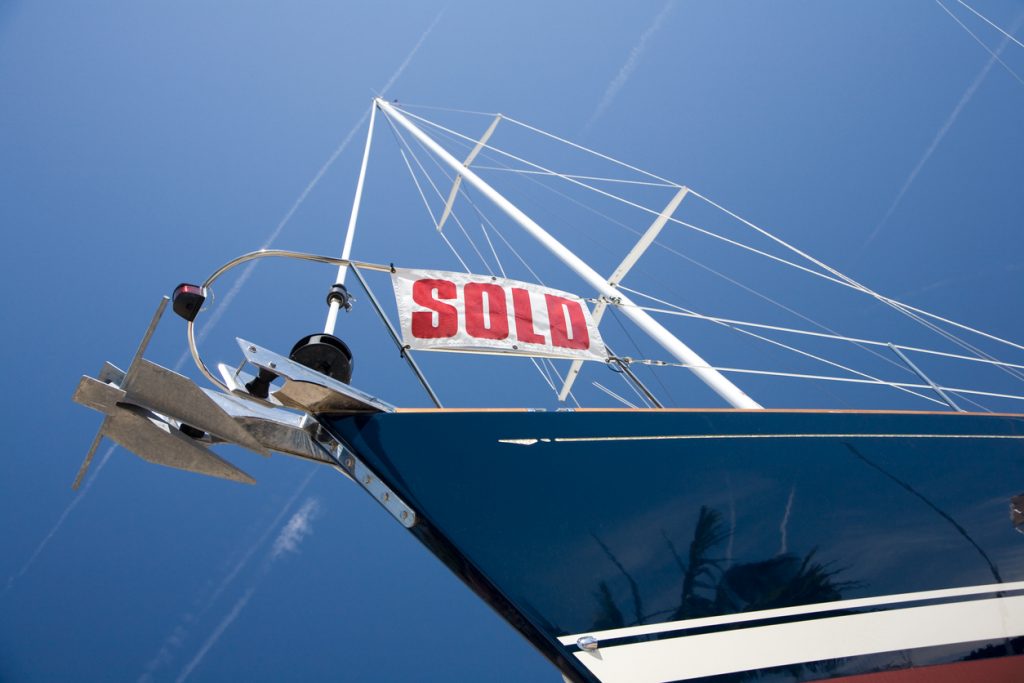An outboard that is failing to start and get going can be due to a multitude of issues but seek comfort in that the cause will always fall under one of the following:
Improper ignition timing
Poor fuel and air ratio
Lack of Pressure
Exhaust blockage
Here is a checklist of potential reasons why your outboard won’t start or run to help you troubleshoot the problem.
*Throughout this guide there are areas highlighted, which can prove dangerous, particularly for the less experienced. This is why if you are ever unsure, it is always safer to have a fully qualified mechanic correctly fix any issues you may have.
1 Kill switch: First and foremost if you have a safety lanyard, ensure that it's correctly connected. If you are certain it is, you can test whether this is preventing ignition by disconnecting the black and yellow striped wire behind the switch panel of your engine.
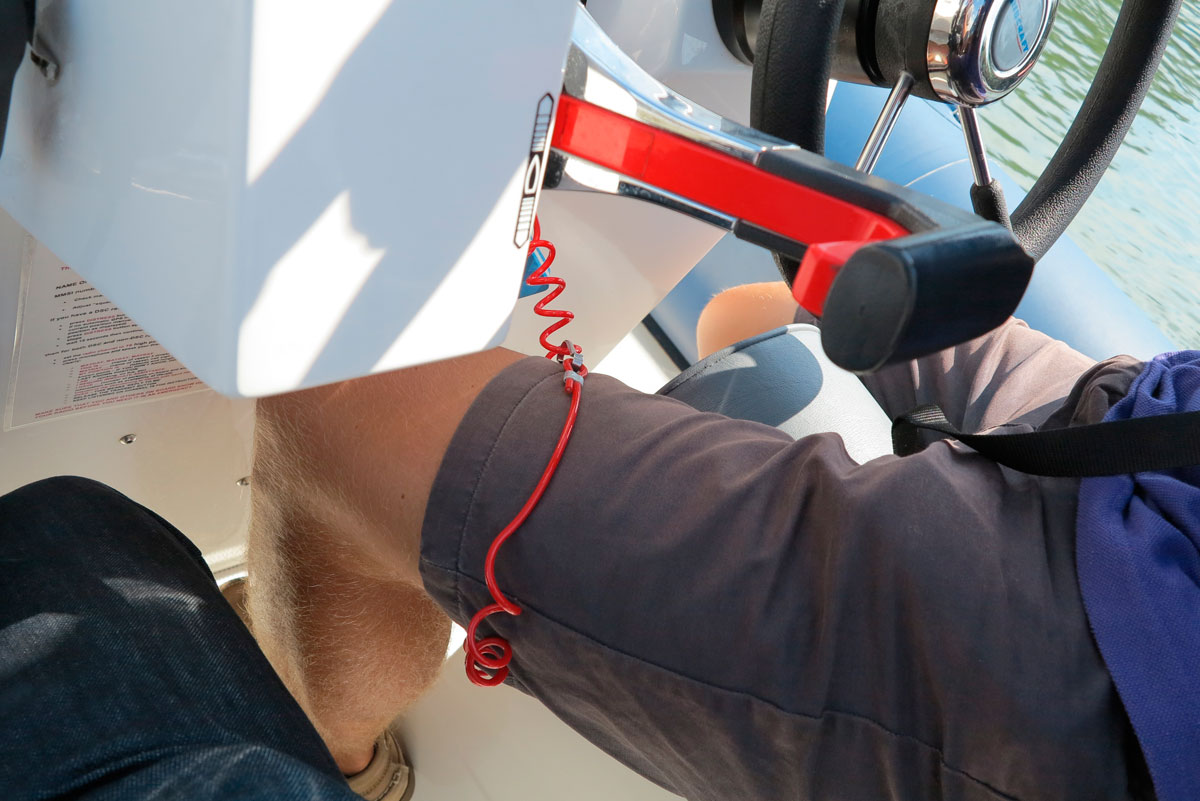
2 Neutral: Ensure that you aren’t trying to start in-gear.
3 Battery: With an electric start, the battery could be flat or need replacing. When none of the lights appear to be working, make sure the battery switch simply hasn’t been turned on yet. If the start engages and then fails or turns slowly, the battery might be too low (12v is required at least). Assuming your battery is sufficiently charged, check the main fuse (red holder in the wiring harness), the neutral switch (yellow and red wire in the control box) and the power socket to your engine is in good condition. Providing there is no issue there, look over the battery cables for any signs of corrosion or if any seem loose or damaged.
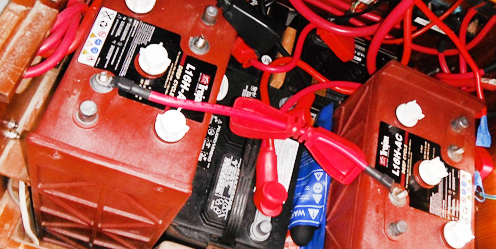
4 Choke: If the engine sounds as though it is close to starting, make sure you haven’t forgotten to correctly choke and follow the protocol of your engine. If you know you have followed everything as instructed in your manual, check the choke linkage isn’t damaged or bent.
5 Fuel Tank: If you have an external fuel tank, make sure that the air vents are sufficiently open and look for any noticeable water contamination line on the bottom of the tank and drain if so. With a multi-tank system, your issue could be as simple as turning the valve switch to the correct fuel supply.
6 Priming: If you have a primer bulb, give it a squeeze to make sure it is filling. If after a few pumps the bulb doesn’t feel firm, you can be fairly certain an air leak or valve issue could be the problem. If your engine has an electric primer, have someone turn the key and test whether a fuel hose connecting to the engine intake or carburettor is firing fuel or not. In the instance that the primer isn’t working, systematically check over the lines for any dinks, loose connections or obstructions. Particular points to inspect are the filters, fittings, O rings and valves.
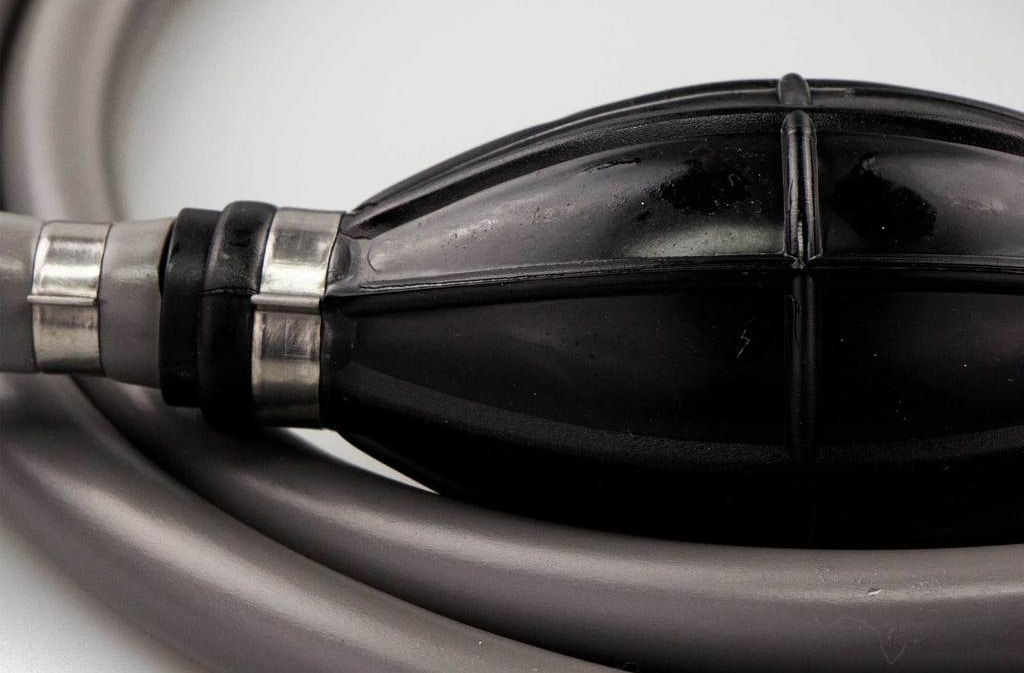
7 Carburettor & Reed Valves: The carburettor may also need cleaning and adjusting if that is an area that hasn’t seen any recent attention. For two-stroke engines, faulty reed valves are another potential cause. Make sure they are seating properly and you shouldn’t be able to see any light passing through. Replace anything that appears to be damaged or not sitting securely and clean any dirt and sediment that you find in the system.
8 Spark plugs & Ignition points: The spark plugs could be preventing ignition if fouled or worn. If you had noticed that your engine had been running poorly or cutting out, this could be a sign that they are improperly gapped or need changing. Similar to this, the ignition points will also need to be clean and properly in place. After replacements and correct adjustments have been made and your problem still persists, it may well be time to seek professional help.
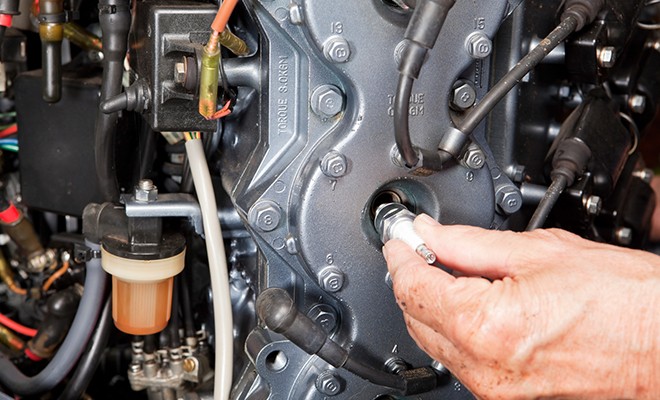
9 Condensor & Coil: Both parts of the ignition system will also wear out over time particularly from frequent use. If you get out on your boat regularly and suspect any wear and tear, replace them straight away.
10 Distributor Cap: Crucial towards ignition and any damage to this cap will prevent voltage being distributed to the cylinders. It might not always be visible but tiny abrasions and cracks could be your elusive cause. Correctly replace with a new one if you have ruled out other causes so far.
11 Exhaust: Blocked exhaust outlets can happen during times of minimal use and will prevent an engine to start. Inspect the exhaust outlets, especially if you haven’t started your engine since winter storage.



